Answered step by step
Verified Expert Solution
Question
1 Approved Answer
PLEASE PROVIDE ALL THE ANWERS IN PYTHON PROGRAMMING TO THE QUESTIONS WITH PROPER SCRRENSHOT OF OUTPUT AND DIAGRAM REQUIRED IN QUESTION WITH EXPLANATION. Qn.1 :
PLEASE PROVIDE ALL THE ANWERS IN PYTHON PROGRAMMING TO THE QUESTIONS WITH PROPER SCRRENSHOT OF OUTPUT AND DIAGRAM REQUIRED IN QUESTION WITH EXPLANATION.
Qn.1 :
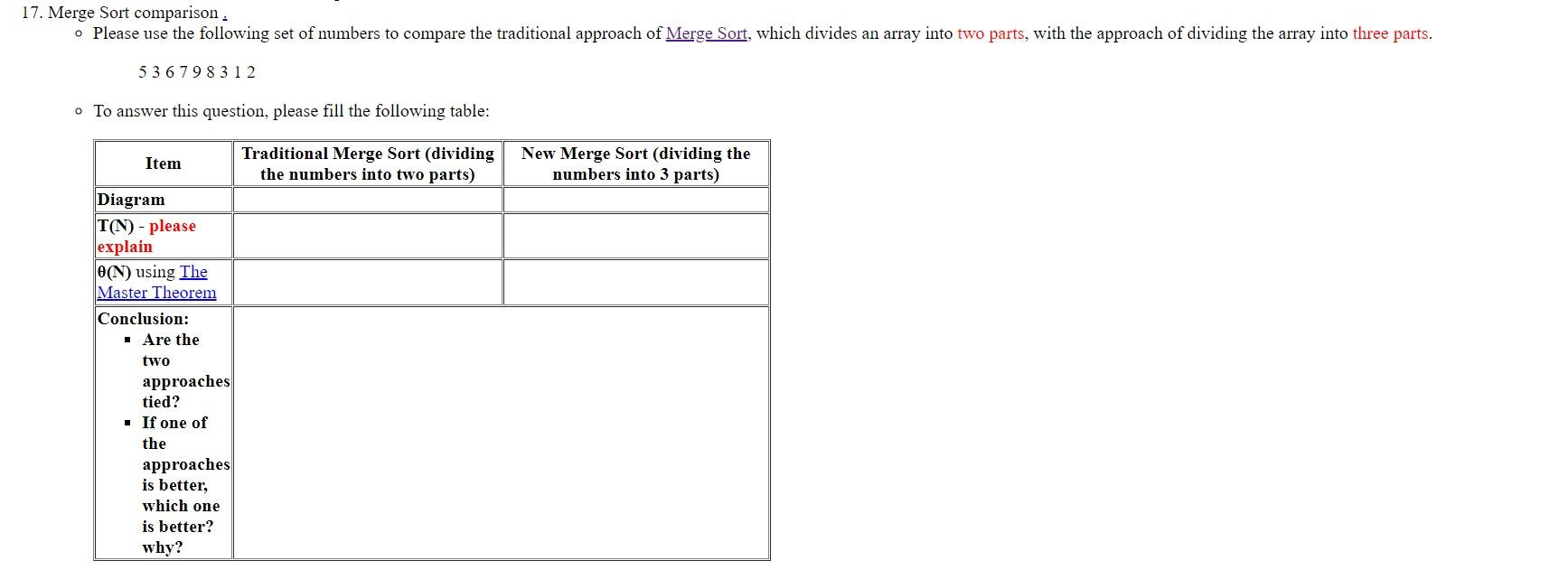
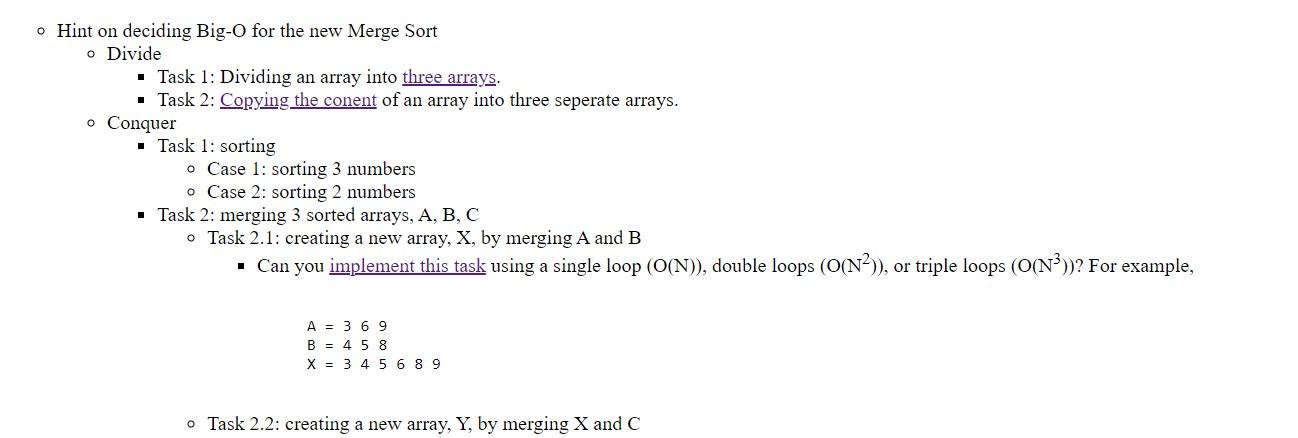
Qn.2 : PLEASE ANSWER IN PYTHON PROGRAMMIN WITH PROPER CODE, SCREEENSHOT AND CODE NOT USED IN LEETCODE.
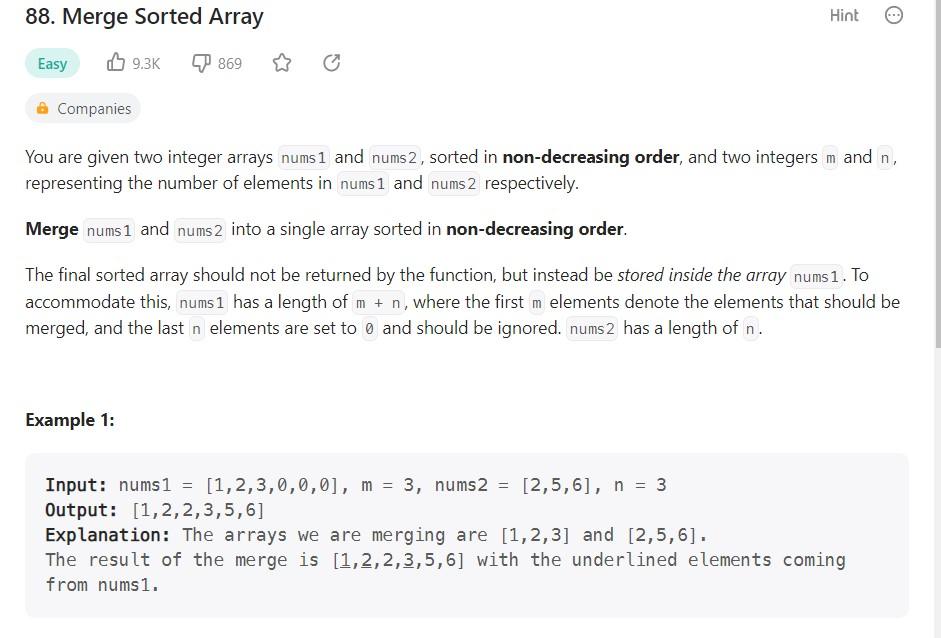
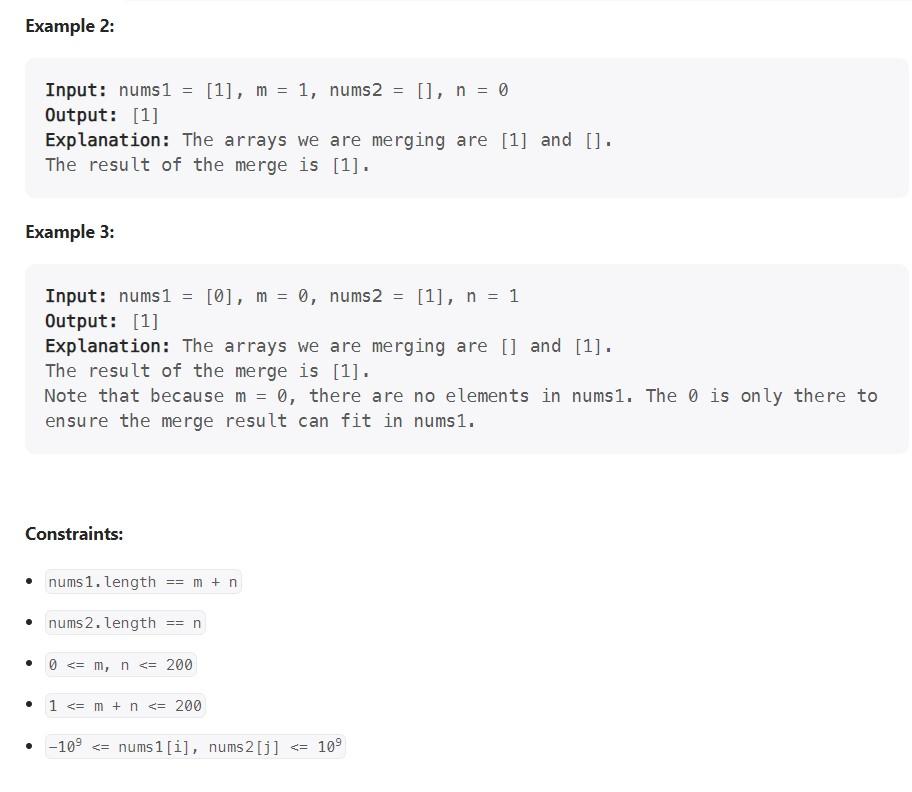
Qn.3 : PLEASE ANSWER IN PYTHON PROGRAMMIN WITH PROPER CODE, SCREEENSHOT AND CODE NOT USED IN LEETCODE.

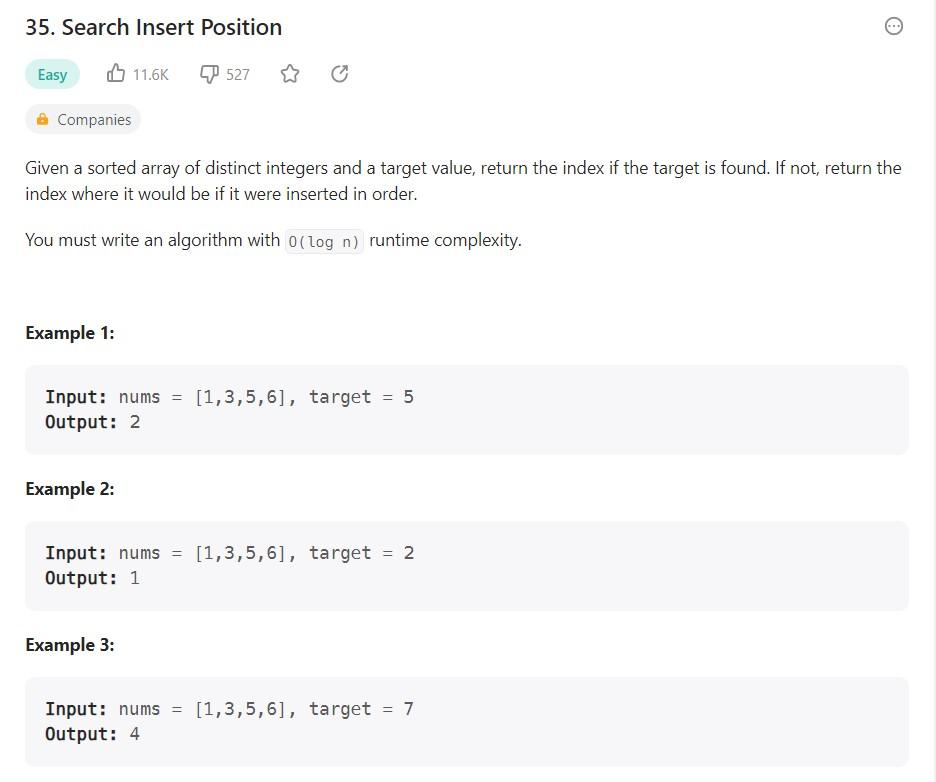
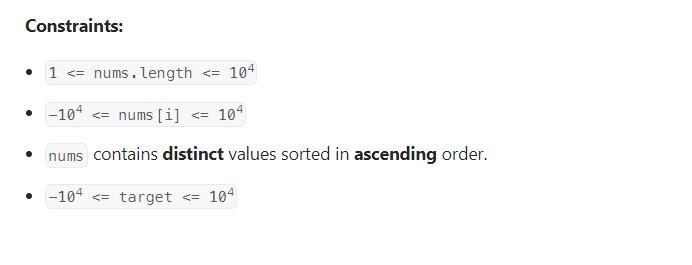
17. Merge Sort comparison . - Please use the following set of numbers to compare the traditional approach of Merge Sort, which divides an array into two parts, with the approach of dividing the array into three parts. 536798312 - To answer this question, please fill the following table: - Hint on deciding Big-O for the new Merge Sort - Divide - Task 1: Dividing an array into three arrays. - Task 2: Copying the conent of an array into three seperate arrays. - Conquer - Task 1: sorting - Case 1: sorting 3 numbers - Case 2: sorting 2 numbers - Task 2: merging 3 sorted arrays, A, B, C - Task 2.1: creating a new array, X, by merging A and B - Can you implement this task using a single loop (O(N) ), double loops (O(N2)), or triple loops (O(N3)) ? For example, A=369B=458x=345689 - Task 2.2: creating a new array, Y, by merging X and C 88. Merge Sorted Array Hint .3. O You are given two integer arrays and , sorted in non-decreasing order, and two integers and n, representing the number of elements in and respectively. Merge and into a single array sorted in non-decreasing order. The final sorted array should not be returned by the function, but instead be stored inside the array . To accommodate this, has a length of m+n, where the first elements denote the elements that should be merged, and the last n elements are set to and should be ignored. has a length of n. Example 1: Input: nums 1=[1,2,3,0,0,0],m=3, nums 2=[2,5,6],n=3 Output: [1,2,2,3,5,6] Explanation: The arrays we are merging are [1,2,3] and [2,5,6]. The result of the merge is [1,2,2,3,5,6] with the underlined elements coming from nums1. Input: nums 1=[1],m=1, nums 2=[],n=0 Output: [1] Explanation: The arrays we are merging are [1] and [], The result of the merge is [1]. Example 3: Input: nums 1=[0],m=0, nums 2=[1],n=1 Output: [1] Explanation: The arrays we are merging are [] and [1]. The result of the merge is [1]. Note that because m=0, there are no elements in nums1. The is only there to ensure the merge result can fit in nums1. Constraints: - 1m+n200 - 109
Step by Step Solution
There are 3 Steps involved in it
Step: 1

Get Instant Access to Expert-Tailored Solutions
See step-by-step solutions with expert insights and AI powered tools for academic success
Step: 2

Step: 3

Ace Your Homework with AI
Get the answers you need in no time with our AI-driven, step-by-step assistance
Get Started


